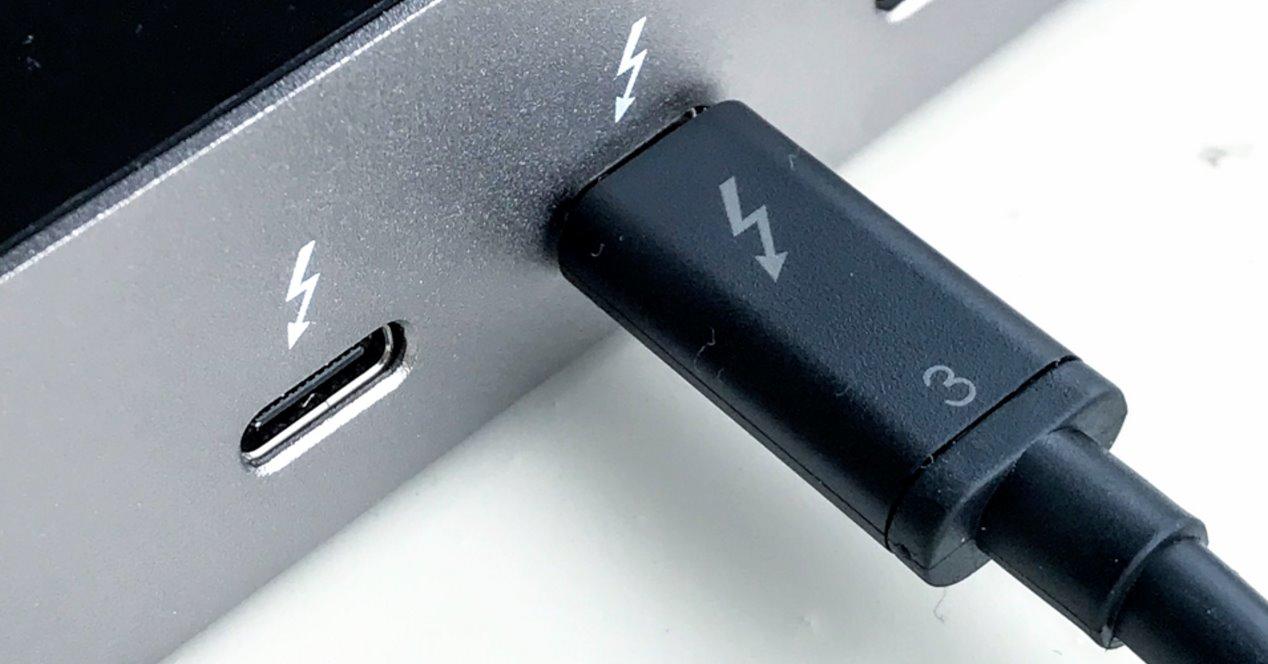The most universal port for peripherals is USB, not because of its name, but because it has gradually evolved to leave out many other ports. In true “Resistance is useless, you will be assimilated” style.» the next port to disappear will be Thunderbolt from Intel. The reasons ? Read and you will know.
One technology is meaningless without a purpose, when another is more practical and serves the same purpose, it simply disappears. Thunderbolt takes this road without brakes. The worst part is that when we stop seeing peripherals compatible with this interface, no one will mourn their loss. Why do we say it? There are fewer and fewer computers that include it as standard and USB-C is more than enough today.
Deep down, Thunderbolt is nothing more than a hack
In reality, if we are strict, the Thunderbolt standard does not exist and has never existed, it is a vulgar hack created by Intel to create a proprietary port in confrontation with USB and which was not used only to complicate things even more for the end user in all this time. If we add to this that in the latest versions it uses the same head as USB-C, then we have already linked it and with more lost users than the monolith monkeys of a certain Kubrick film.
Why do we say that Thunderbolt is a false standard? This is not because it is originally Intel proprietary technology that has never been licensed to third parties and therefore is not under a committee, nor to the fact that it does not make sense today. with advances in the USB standard. If not for the fact that it’s still a PCI Express outsource.
In other words, USB has its own communication protocol which must be followed by all devices that use it and which has evolved over time. Thunderbolt no, since it uses PCI Express. Technically, it’s still like having a PCIe x1 socket, but placed as an external port.
Your peripherals do not need PCI Express
As far as peripheral management is concerned, x86 processors do not dedicate pins for their addressing, but communication is carried out by writing to certain areas of the RAM memory, reserved for particular hardware functions. This is a serious security issue and that is why a Peripheral Memory Management Unit or IOMMU is required to create a virtual memory environment for devices.
However, there is a protocol that allows, via a DMA unit, direct access to RAM without going through the IOMMU and this is PCI Express. The reason? Between the classic PCI and today’s PCIe appeared AGP ports that gave the graphics card the ability to access system RAM if needed. Function which inherited from PCI Express, but which does not really need certain peripherals. The reason for doing this with graphics cards at the time was to reduce latency per frame and in case it ran out of video memory.
This is not the case with simple peripherals, which do not need the advantages of PCI Express to function properly, since they far exceed their needs. Of course, Intel had already done half the job when it came to creating its bland, meaningless alternative to USB.









